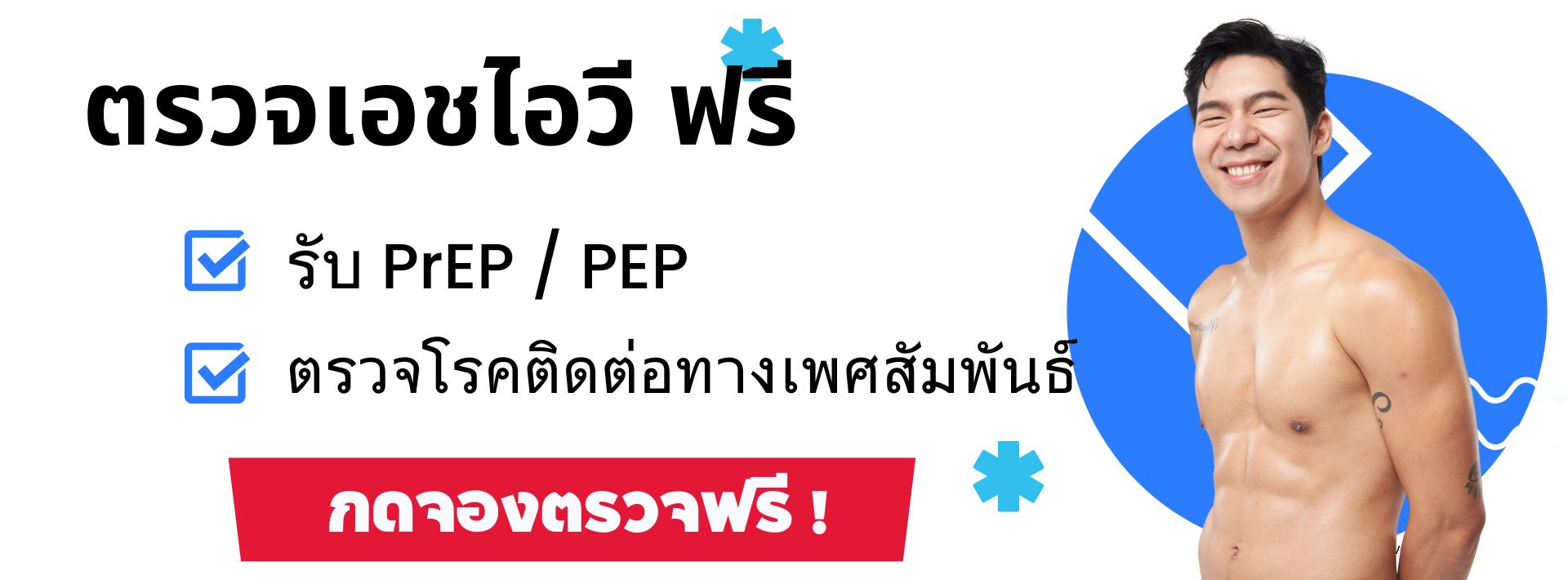“When I tried drag for the first time in South Korea. I didn’t know what it would be like or how I would feel, but it empowered me and helped me express my true self,” said Heezy Yang. Yang has been performing as a drag queen in Hurricane Kimchi for nearly a decade, participating in numerous events, including Seoul Pride in South Korea’s capital. “There are thousands of attendees at Seoul Pride, and I feel like a superstar. It’s thrilling, and my adrenaline surges,” Yang told the BBC. “I enjoy interacting with people and drawing energy from the huge crowd.” South Korean Drag Queens, like Yang, are breaking barriers and redefining cultural perceptions of gender and self-expression, offering visibility and hope to the country’s growing LGBT+ community.
South Korea’s First Drag Queen Experience
Heezy Yang first tried drag in South Korea after seeing his friends do it and realizing it could serve as a tool to merge his activism with his love for art. “The first few times, I didn’t have an agenda. I did it for fun,” he said. “The more I did drag, the more I performed. I started to see how I could use it and how much I could enjoy it.”
Drag queens are not common in South Korea compared to countries like the UK or the US. Yang admits that he raised a few eyebrows when he appeared as Hurricane Kimchi in public. “On the streets, when I go to drag shows, people can be confused,” he said. “I’ve never felt physically threatened while in drag in public, though I’m aware people might have negative thoughts or view me in a negative light.”

Heezy Yang: Championing South Korean Drag Queens and LGBT Representation
Heezy Yang actively participates in various events to represent both South Korea’s drag queens and the broader LGBT community.
South Korea lacks anti-discrimination laws protecting LGBT individuals and does not recognize same-sex marriage. Being LGBT is often viewed as a disability or mental illness, with some powerful conservative churches labeling homosexuality or being transgender as sinful. A report by Human Rights Watch last year highlighted that discrimination against LGBT individuals in the country remains “widespread.”
Yang acknowledges that both drag culture and LGBT culture are relatively new concepts for the older generation, who often find them confusing. However, younger South Koreans are more aware and supportive of drag culture.
“They’ve grown up watching Hollywood movies and shows like RuPaul’s Drag Race, so they’re more accepting and supportive. Even if they don’t fully understand what drag is, they learn quickly. There’s a generational gap, but I’m optimistic about what’s to come in the near future,” Yang said.
He recognizes the positive impact of participating in small pride events in cities where LGBT visibility is still limited. Although the crowds may be smaller, these events allow young people to experience pride festivals and feel part of the LGBT community. “It’s very meaningful to be there and show up for them,” he shared.

Yang enjoys bringing attention to drag and LGBT issues by participating in protests, marching, and raising awareness about government policies affecting the community. “I’m a bearded queen, and I’m not always about being sexy or trendy. I love performing protests and political art. It’s important to give back to the community and support others in it,” he said.
“If we want to achieve progress and make things happen, we need to raise our voices and let people see us. People need to realize we’re here, that we’re just like them, and that we have human rights.”
Yang’s passion for drag and his desire to elevate its visibility led him to co-found the Seoul Drag Parade in 2018. “I thought it would be just 20–30 of us having fun together. By nightfall, we had about 1,000 attendees throughout the day. It was overwhelming but amazing,” he recalled.
During the pandemic, the parade shifted online, but Yang hopes to bring it back in person this year, aiming to host it in Itaewon, a Seoul district known for its LGBT bars. The area has faced financial struggles due to the pandemic and a tragic crowd crush that claimed 159 lives. Many LGBT businesses are still grappling with reduced patronage.
Events like the Seoul Drag Parade and drag performances have “boosted the morale of Korea’s LGBT community”. Said Todd Henry, associate professor of history at the University of California, San Diego.
“If you asked someone 20 years ago what a drag queen was, I doubt they’d know. They might even mistake it for being transgender. Drag-led events and performances have broadened traditional binary understandings of gender and sexuality,” he noted.
He added that pride festivals now see numerous allies coming out to support drag performances and the LGBT community. “In recent years, self-identified ‘sexual minorities’ (including many drag queens) and their progressive allies have drawn over 100,000 people annually to City Hall or wherever Seoul Pride is held. I’m optimistic about what lies ahead,” he said.
For Yang South Korean Drag Queens, his focus remains on maintaining the momentum and fostering community connections. “Sometimes on social media, I get messages and comments from people thanking me for hosting inclusive and welcoming events. I like to think I open doors for people, and they appreciate it. It makes me happy,” he said.
Source: BBC News

